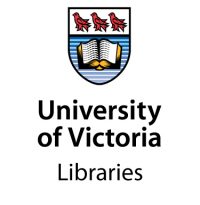Mar 12, 2024 | CBC News via UVic News
Scientists from Ocean Networks Canada have detected up to 200 small earthquakes per hour on the sea floor, 260 kilometres off Tofino, B.C. This suggests that an eruption of magma under the Pacific Ocean floor is likely to occur. However, this eruption is expected to be too distant and small to cause concern. The scientists predict that the eruption could happen anywhere from a few weeks to a few years from now. This event provides a unique opportunity to learn more about how the Earth’s crust is formed.
One of the key scientists involved in this research is Dr. Martin Scherwath, whose extensive experience and knowledge in marine geophysics have been instrumental in understanding these recent seismic activities and their implications. Dr. Scherwath is a senior staff scientist with Ocean Networks Canada, an ocean observation facility at the University of Victoria. He is involved in the study of heightened earthquake activity off the coast of Vancouver Island, which points to an imminent deep-sea eruption. This will be the first time such a phenomenon will be captured by the organization’s underwater instruments. The data collected will include temperature changes and any sound from lava breaching the sea floor.
After earning his Ph.D at Victoria University, New Zealand, Scherwath spent two years researching subduction zone processes and gas hydrates at the University of Victoria, Canada. He then worked in Germany before returning to Canada in 2020 to further study the Cascadia margin. In 2011, he joined Ocean Networks Canada, supporting various research projects and assisting with seismology and tectonics-related research. He also serves as an Adjunct Assistant Professor in the Faculty of Science at the University of Victoria. His expertise lies in the imaging of subsurface structures, gas hydrates, underwater mass movements, and subduction zone processes.
If you would like to learn more about Dr. Martin Scherwath’s research with remote sensing, you can check out his publications on UVic’s institutional repository, UVicSpace!

